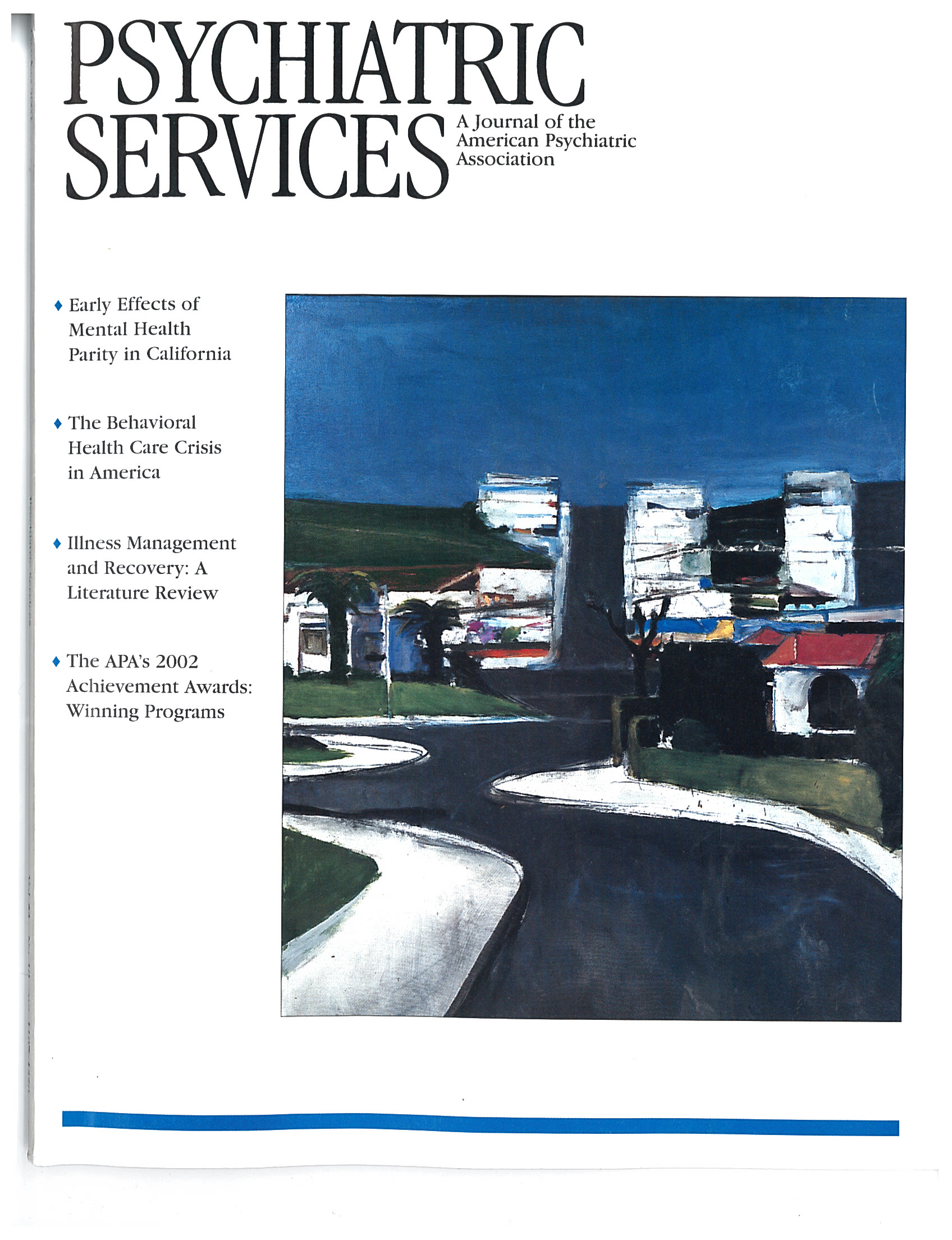Recent reports have documented the vulnerability of closely attached family members to trauma distress after the violent death of a loved one from an accident, suicide, or homicide. Traumatic imagery recurs as an intrusive thought, flashback, or dream that reflects the family member's preoccupation with the terminal thoughts, feelings, and actions of the victim at the time of death. The reenactment story is almost always imaginary—only 5 percent of family members witness the violent death of a loved one—and leaves an ironic legacy, namely, that the family member must accommodate to the horror and helplessness of their loved one who died without them. For the vast majority of family members, the reenacted story of violent death spontaneously subsides within weeks, but mothers and small children are at the greatest risk of suffering from its persistence as a dysfunctional fixation.
After a violent death, particularly after homicide, the family members may also be forced to accommodate to the demands of the media and detectives as well as the court if someone is criminally apprehended and tried; this social ordeal is frustrating, enervating, and sometimes enraging.
We have developed a systematic, community-based support project with outreach to family members after violent death. It begins with a semistructured interview and screening for comorbid disorders. Time-limited interventions are used—ten weekly two-hour sessions—with a closed group format limited to ten members and a structured agenda.
The first ten-session group, called the criminal death support group, is offered during the early months of interaction with the media exposure and criminal-judicial inquiry. The objectives of this intervention are to provide resources for clarification and advocacy for the external demands of this public retelling of the violent death. Presentations from criminal-judicial staff members are supplemented with handouts, and coleaders and fellow group members are available for support during the proceedings.
The second ten-session group, called restorative retelling, is offered after the investigation and trial have been completed. The objectives of this intervention are to provide resources for clarification and restoration to moderate the internalized trauma of the violent death experience. The early sessions focus on reinforcing resilience and commemorating the living memory of the deceased to counterbalance the reenactment imagery, followed by writing and drawing exercises that allow a transcendent retelling of the violent death.
Through a training grant from the U.S. Department of Justice, service providers from 20 major U.S. cities have been trained and are beginning to implement this community-based program. New York City was one of the training sites, and providers there now offer group interventions that include family members bereaved by the September 11 World Trade Center disaster.
A recent multisite open trial of these interventions with 64 adult family members documented a low dropout rate (20 percent), the absence of overwhelming distress secondary to the intervention, and a statistically significant pre-post decrease in standardized measures of trauma and separation distress.
Manuals are available, and we would welcome inquiries from others who are interested in providing support to this underserved population.

